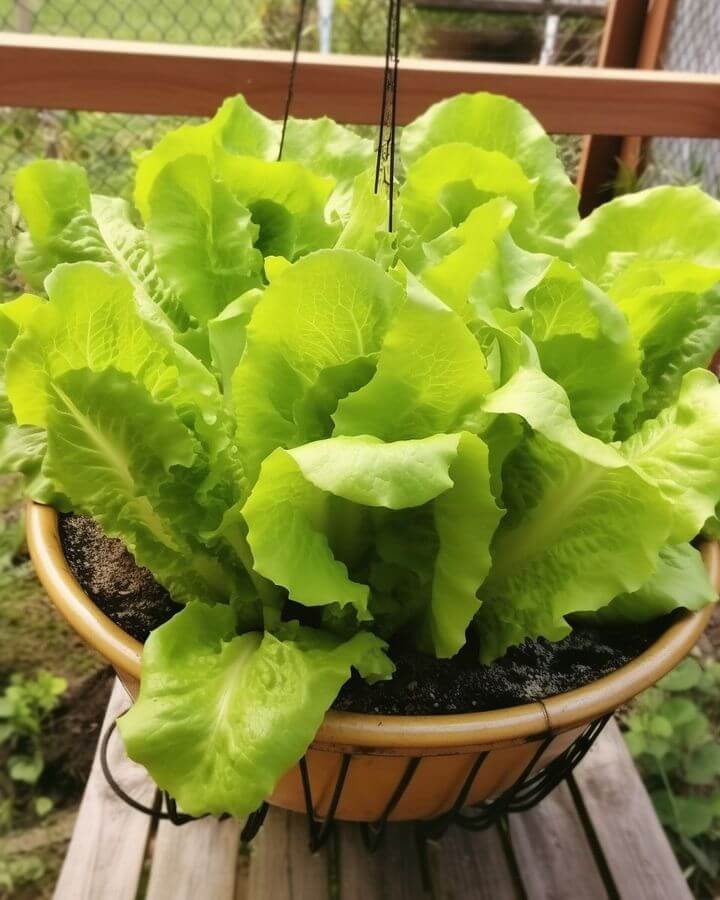Want to enjoy fresh, crisp lettuce straight from your home but don’t have space for a full garden? Container gardening is the perfect solution. Growing lettuce in pots is simple, space-efficient, and rewarding. Even with limited outdoor space—like a balcony or small patio—you can harvest delicious, homegrown greens.
Container gardening is popular for its convenience and adaptability. With the right tools, soil, and a little care, you can grow lettuce successfully in a pot. This guide will walk you through every step to ensure a productive and healthy lettuce harvest from your container garden.
Step 1: Choose the Right Container
Use a pot that’s at least 6 to 8 inches deep and 12 to 18 inches wide. Materials like clay, wood, or plastic are great options as long as the container has drainage holes to avoid water buildup.
Step 2: Pick a Lettuce Variety
Lettuce comes in several types—like romaine, iceberg, and loose-leaf. For pots, loose-leaf varieties such as ‘Salad Bowl’ or ‘Lollo Rossa’ are excellent because they’re compact and regrow after cutting.
Step 3: Prepare the Soil
Use a mix that drains well and retains moisture. Combine equal parts compost, peat moss, and perlite or vermiculite. Fill the container, leaving about an inch of space from the top.
Step 4: Start with Seeds or Seedlings
You can grow lettuce from seeds or transplant seedlings. If using seeds, scatter them over the surface and lightly press them down. Cover with a thin layer of soil (about ¼ inch). Water gently to help them settle.
Step 5: Provide the Right Environment
Lettuce thrives in cool weather, ideally between 45°F and 75°F (7°C to 24°C). Place the pot in a spot with 4–6 hours of indirect sunlight daily. In hot conditions, move the container to a shaded area to prevent bolting.
Step 6: Keep the Soil Moist
Water consistently to keep the soil damp but not soggy. Water directly at the base to avoid wetting the leaves, which can lead to disease. Adding mulch like straw or compost helps the soil retain moisture.
Step 7: Fertilize as Needed
Feed the plants every 3 to 4 weeks with a balanced organic fertilizer or use a slow-release type as directed. Avoid over-fertilizing, which can cause bitterness in the leaves.
Step 8: Watch for Pests and Disease
Check regularly for aphids, slugs, or snails. If needed, use organic methods such as insecticidal soap or companion planting with pest-repelling herbs like basil. Maintain airflow and rotate crops to help prevent disease.
Step 9: Harvest Your Lettuce
Once leaves are big enough—typically 4 to 6 weeks after planting—you can start harvesting. Trim the outer leaves with scissors, letting the inner ones keep growing. Continue harvesting until the plant bolts or leaves become bitter.
With just a bit of space and effort, you can enjoy a steady supply of fresh, flavorful lettuce from your own container garden.
